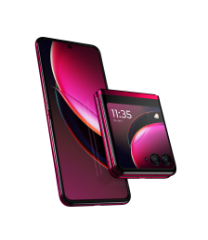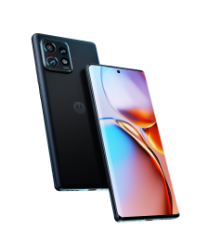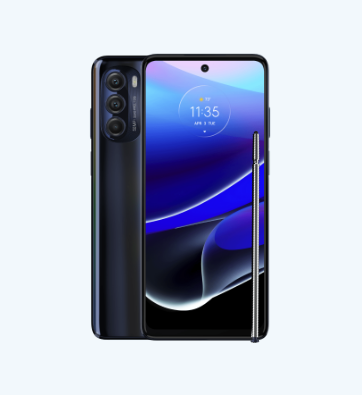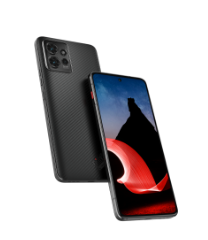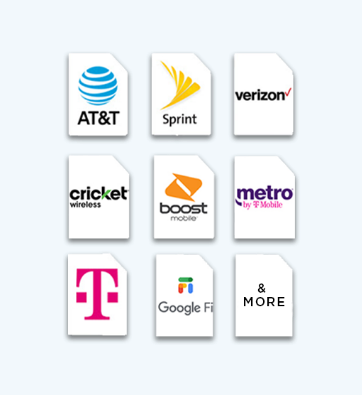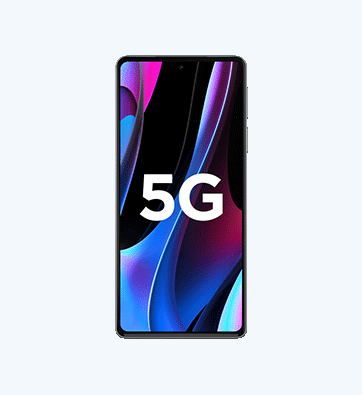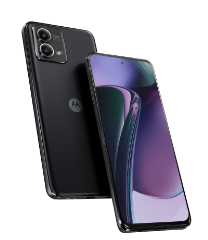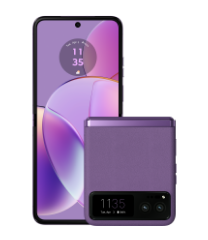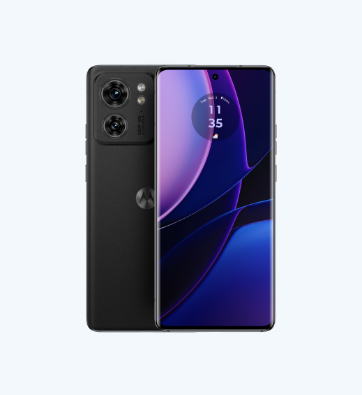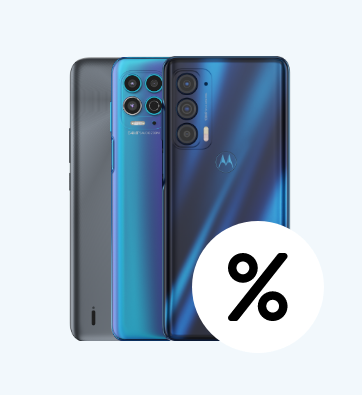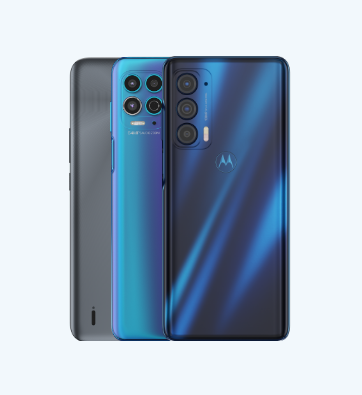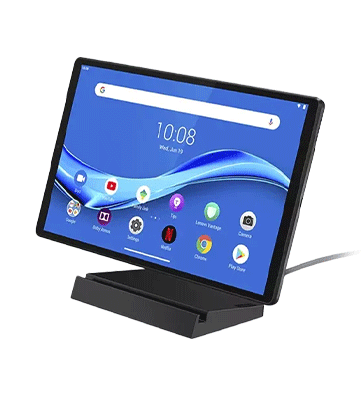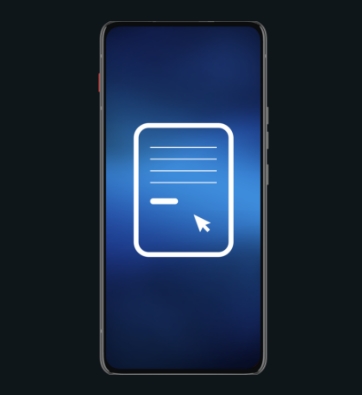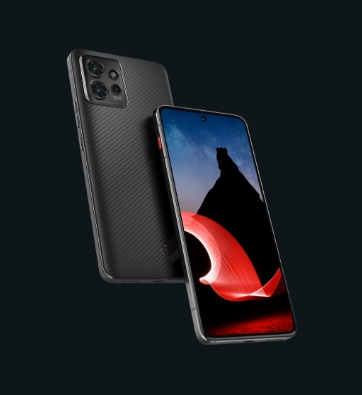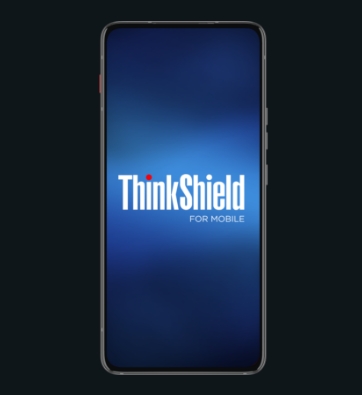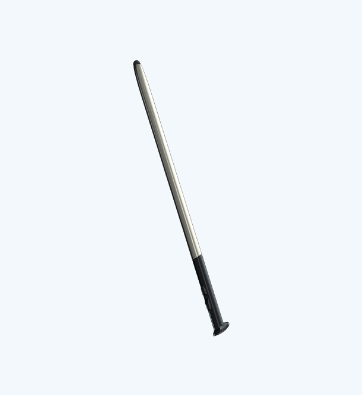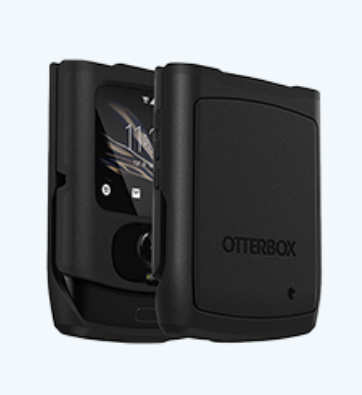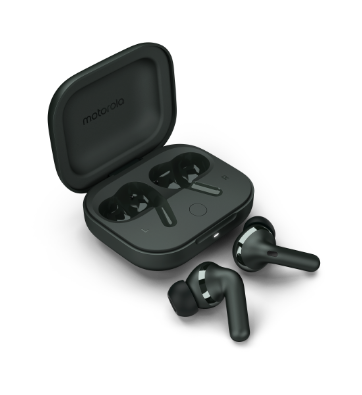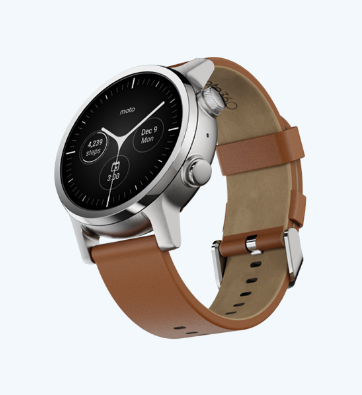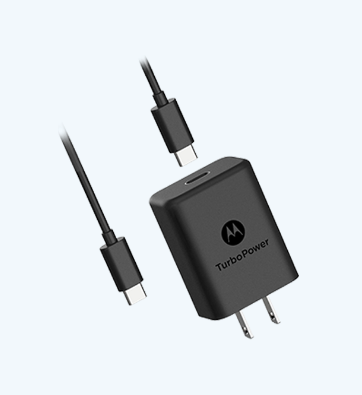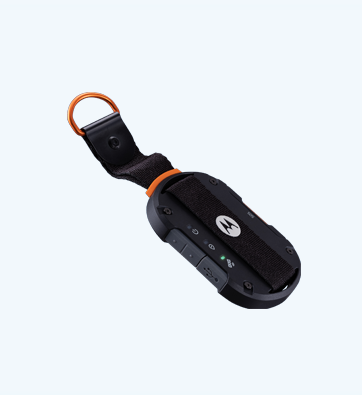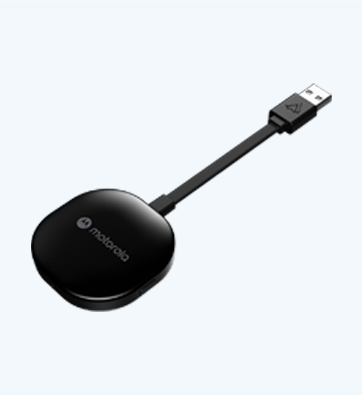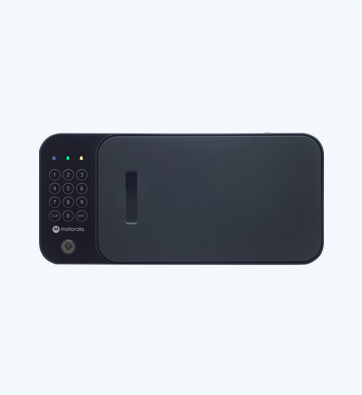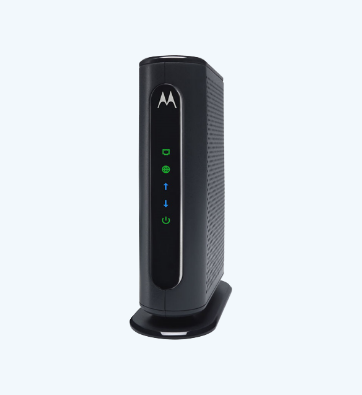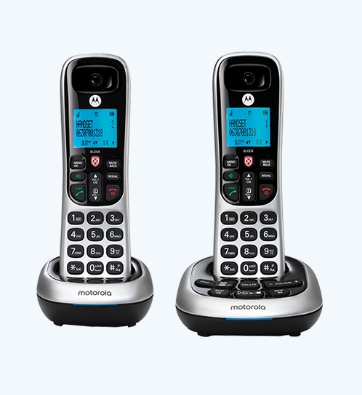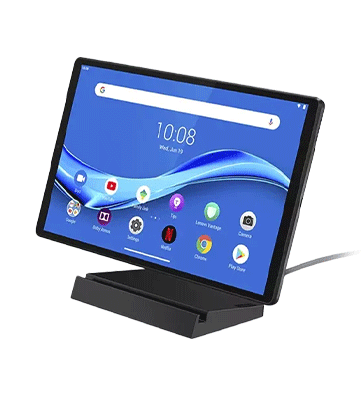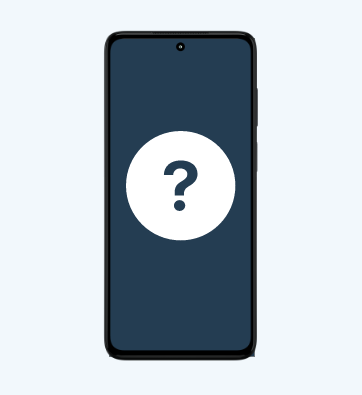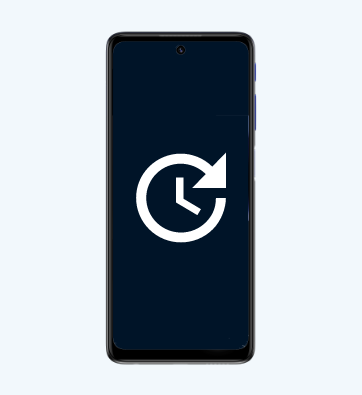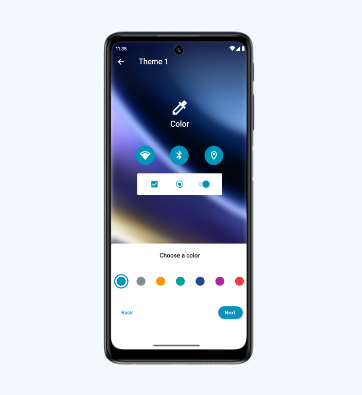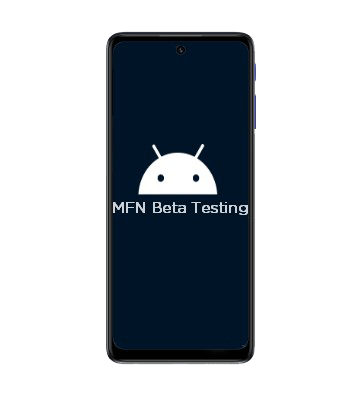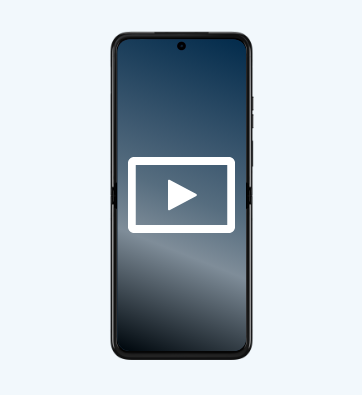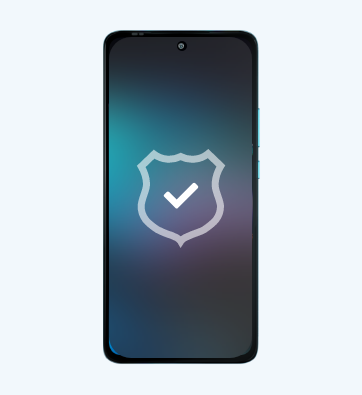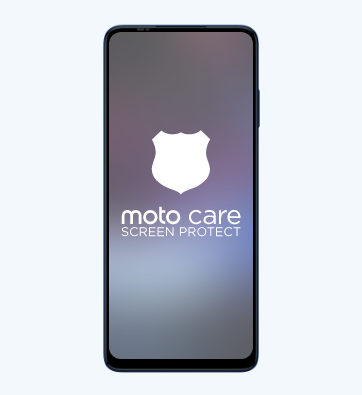Device Design
Improvements to our products
- Our focus on green design over more than a decade has produced significant reductions in lifecycle impact
- Our current average phone charger in standby mode consumes 70 percent less energy than in 2000
- Our average charger uses just 0.10watts, which is 66 percent lower than the U.S. Environmental Protection Agency’s ENERGY STAR standard
Every new mobile phone and accessory we design is assessed for compliance with materials regulations, energy performance and packaging minimization. Our entire mobile device product range is now free from brominated flame retardants (BFR) and contains no PVC or phthalates.
Green Apps
Smartphone apps can potentially play a part in helping consumers make green choices and transition to low-impact lifestyles. Our Smart Actions app pre-installed on DROID RAZR/ Motorola RAZR, DROID RAZR MAXX and DROID 4 models, can significantly extend the call and standby time of a smartphone and reduce the number of battery-charge cycles by one third (over the working life of the product). The app allows you to set actions on the device that conserve the battery. For example, as the battery charge winds down, the phone settings can automatically dim the display or change other usage settings to conserve remaining power.
Materials
Lifecycle Assessment
We use lifecycle assessment to highlight where the environmental impacts occur in the manufacturing, use and disposal of our products. This guides the focus of our environmental innovation effort as we research new materials and processes.
In future work we intend to focus on materials sourcing and manufacturing processes to gain a more detailed understanding of the individual components contributing to the overall impact of the lifecycle.
Other Initiatives
We voluntarily extended our compliance with the European Union and China directives on the restriction of hazardous substances (RoHS) to all mobile phones and mobile phone accessories regardless of where they are sold worldwide.
Using recycled plastic reduces consumption of natural resources, reduces carbon emissions from materials manufacturing and prevents waste. It also encourages recycling by creating a market for used materials. We developed 25 percent post-consumer recycled plastic from water bottles for use in select products such as our P893 universal power product.
In 2011, CTIA (the international association for the wireless telecommunications industry) set a goal that by the year 2015, 25 percent of phones sold in the U.S. market will be built with recycled plastic content. Motorola Mobility is an active participant in the CTIA Green Working Group that developed the goal and is working toward its accomplishment.
Precautionary Approach to Choosing Materials
We take a precautionary approach to materials selection and have compiled a list of 75 substances and substance categories targeted for exclusion, reduction or reporting during the design and manufacture of our products. We divide these into three groups:
BANNED SUBSTANCES not permitted in any Motorola Mobility product
CONTROLLED SUBSTANCES limited for use in manufacturing processes or certain product applications, with use limits typically defined by national or international environmental regulations
REPORTABLE SUBSTANCES not currently banned or controlled
Together, these three groups address past, present and future substance-use restrictions for electronic products.
Our management of substances of concern is based principally on independent expert scientific reviews and regulatory requirements. Such regulatory requirements, as well as the trends they signal, are a primary factor in the development of our policy for managing chemical substances. They are not the only factors, however.
Our experts are continually reviewing materials used in manufacturing. When scientific evidence is limited or conflicting, our experts assess potential adverse impacts, the need for precautionary measures and technical and economic feasibility of substitutes, where available. This multidisciplinary process may lead us to take voluntary measures to reduce, phase out, or eliminate substances that are not banned or controlled by regulatory agencies.
Batteries
Batteries require correct handling and disposal to prevent environmental impacts at the end of their life. Our batteries are fully encased and do not release hazardous substances if they are used and disposed of correctly.
Our batteries are also designed for compliance with the EU Battery Directive that restricts use of mercury and cadmium. We apply these restrictions to our batteries for all markets regardless of where they are sold worldwide.
We voluntarily publish product data sheets that help our customers handle and safely dispose of our three main types of battery:
We also take back used batteries for recycling.
Compliance
A number of countries around the world have implemented regulatory restrictions on hazardous substances.
Motorola Mobility complies with the European Union’s directive on the restriction of hazardous substances (RoHS) for electronic products sold in the EU. We have voluntarily extended RoHS requirements to many of our products.
China’s Management Methods for Controlling Pollution from Electronic Information Products requires manufacturers to report and label usage of the same six hazardous substances listed in the EU RoHS Directive effective as of 1 March 2007. All Motorola products manufactured after 1 March 2007 and shipped into China comply with the labeling requirements of China.
Management Methods
Learn more about Motorola’s compliance with China’s Management Methods for Controlling Pollution by Electronic Information Products in China. Additional questions may be directed to rohs@motorola.com.
Complying Within Reach
REACH is a European Union substances regulation that became law on 1 June 2007, with phased deadlines to 2018. The broad regulation requires communication throughout the supply chain, and we are actively sharing information to meet our obligations and help our customers meet theirs. Motorola Mobility maintains a list of products in accordance with these requirements.
We have implemented our current obligations under REACH and will continue to comply as other obligations are phased in.
Packaging
The principle of “Reduce - Reuse - Recycle” drives our packaging innovation, as well as compliance initiatives.
Packaging Process Summary
We take a holistic approach to packaging development involving cross-functional collaboration between our teams.
Motorola Mobility’s Global Packaging team works hand in hand with our carrier partners to reduce the weight and volume of our retail packaging while expanding the use of recycled materials. Wherever possible, we design and engineer our product packaging with “minimizing environmental impact” as an integral part of our design brief. Motorola Mobility supports the CTIA Green Packaging guidelines. Examples of current packaging initiatives include:
- Use of FSC certified paper
- Use of water-based adhesives
- Use of 100 percent recycled content pulp packaging parts, replacing plastic parts
- Use of soy/vegetable based inks as well as zero VOC UV inks
- Program-to-program reduction initiatives
- Increasing packaging density per pallet
